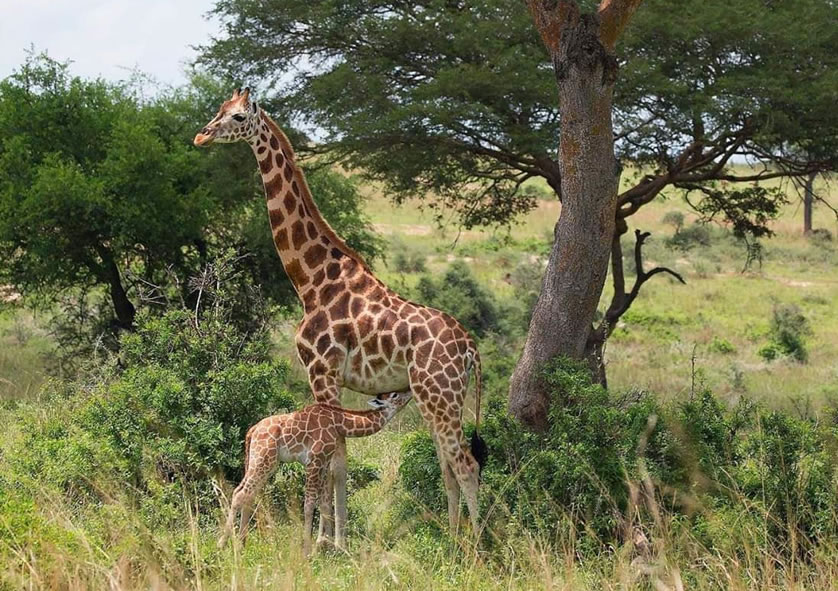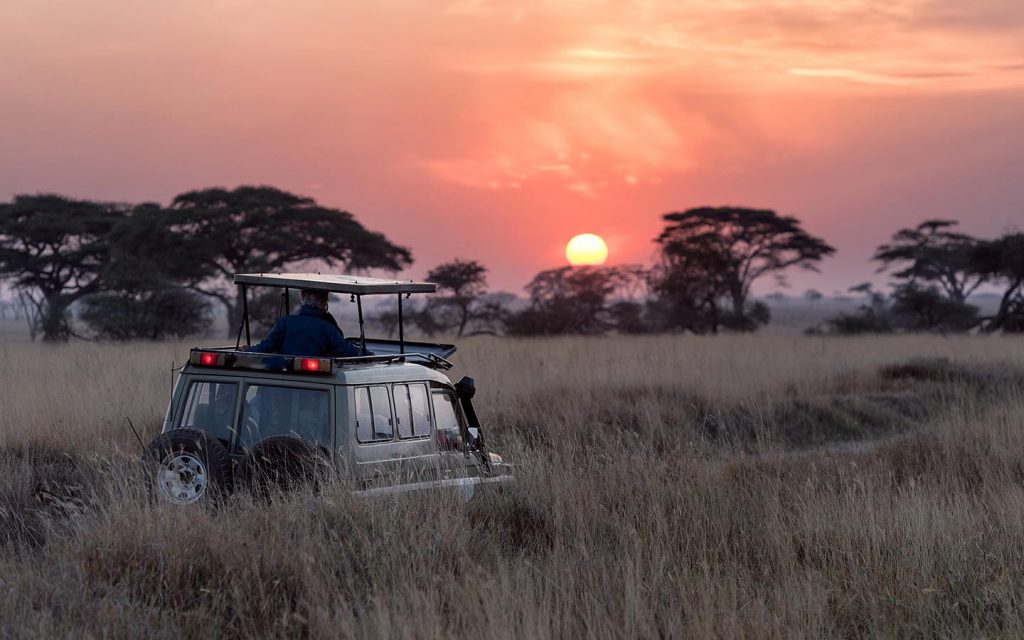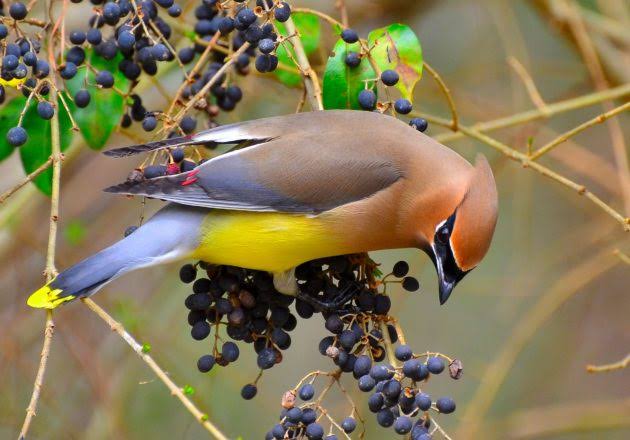Lakes Bisina and Opeta are the eastern extensions of the Lake Kyoga and are some of the few places in Uganda to spot different endemic species of birds found in Uganda including the fox’s weaver. Much there are no tourist facilities at the site, they can be explored by tourists traveling to or from Mount Elgon National Park or towards Moroto as well as for a day when from Mbale or Soroti.
Lake Bisina is more accessible of the two places along a nice dirt road which turns north off the Mbale-Soroti main road at Kapiri, at approximately 20 kilometers south-east of Soroti Town. You will then continue along the road up to the edge of Lake Bisina and there are local fishermen who take tourists across to the north-western side where several Fox’s weavers. These birds are usually many during the rainy season especially in March and April much as there are few that are spotted throughout the year. The lesser water areas with lilies are home to the lesser jacana as well as the African Pygmy Goose. Additionally, the elusive shoebills are frequently spotted at the edge of the vast papyrus vegetation.
The dense thorn and savannah vegetation near the T-junction along Mbale road 11 kilometers from Town are known habitat to exceptional bird species such as the handsome silver bird, Jackson’s Hornbill, Brubru and Eastern Vilet-backed Sunbird, Fawn-colored Lark, White-bellied Go-away Bird, African Grey Flycatcher, Pygmy Batis, Yellow-bellied Eremomela, Mouse-colored Penduline Tit and many others. When you continue south from the junction for approximately 5 kilometers, you will find the Dark Chanting Goshawk, beautiful Black-headed plovers, Yellow-necked Spur fowl and the Crested Bustard while the Temminck’s Courser, D’Arnaud’s Barbets and the Grey Wren Warbler are commonly spotted at the airstrip near Town.
Best Time for bird watching within Lakes Opeta and Bisina
Much as the birds can be spotted all year round, the perfect birding time within the area is the rainy season from March to May as well as October to November because there are high chances of spotting many Fox’s weavers, African Pygmy goose and Lesser Jacana among others.
What to carry or wear during bird watching?
You will need to wear long sleeved shirts, long trousers because you will be required to walk in papyrus swamps, closes shoes or hiking boots, a hat and make sure not to forget a guidebook for birds, a camera, pair of binoculars and drinking water.



